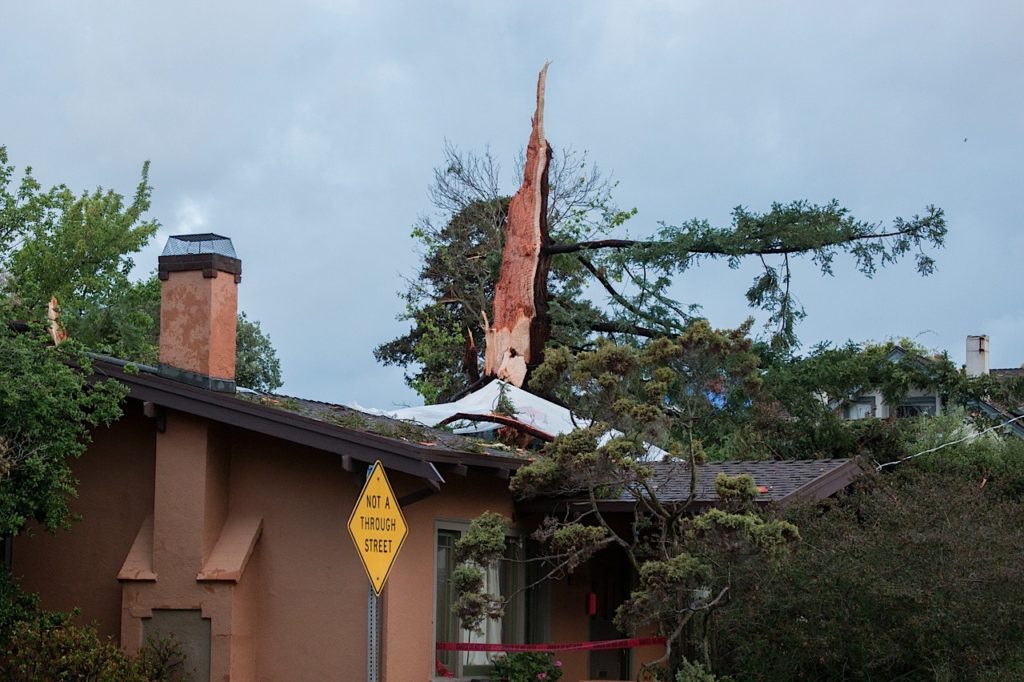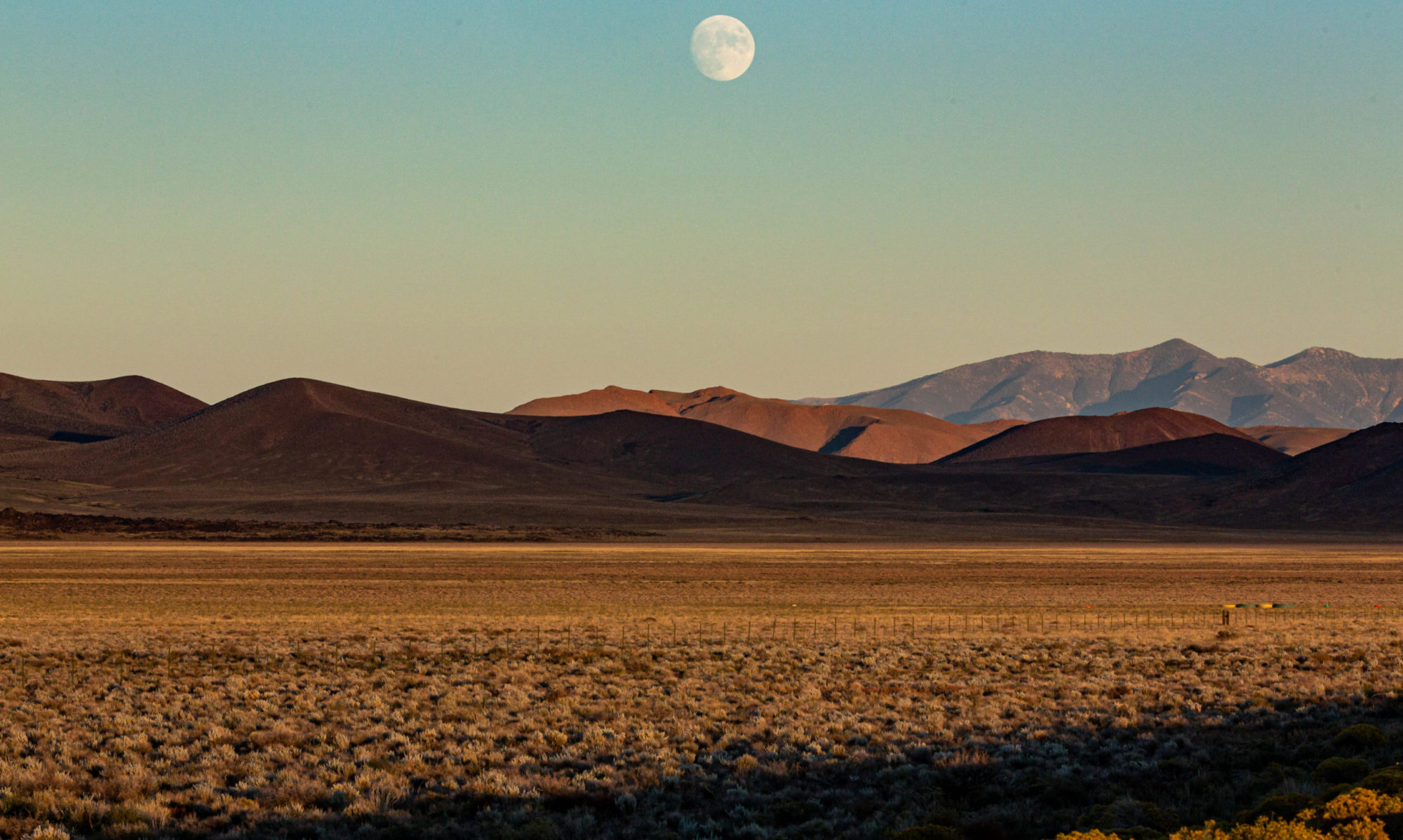
We had that rarest of Berkeley weather days yesterday. OK — not as rare as snow. But we did have this:
Early in the afternoon, thunder started to roll as a storm headed our way across San Francisco Bay. We had a series of strikes over about five to 10 minutes, each closer than the last. One was marked by a brilliant flash and maybe a three-second pause before a big, house-shaking peal of thunder. I went to look out one of the front windows — to see if I could see the next bolt. In a couple of minutes, it came: a brilliant streak just to the northwest of the house accompanied by a simultaneous ear-splitting crash. The lights went out for a few seconds, then came right back on. I didn’t see exactly where the bolt hit or if it had hit, and was preoccupied with checking out a circuit-breaker that had tripped when the power failed. I figured the lightning had struck a school building that’s about 200 yards from us. I was expecting to hear sirens.
Maybe five minutes, maybe 10 minutes later, a fire truck rolled slowly up the street in the rain. I went out to take a look, and the first thing I noticed was that a big redwood up at the next corner, a full, beautifully symmetrical tree that was 80 feet or more tall, wasn’t there. My one thought going up the street was a hope that the tree hadn’t come down on the adjacent home and that the guy who lives there was OK. He was, emerging from the front door as I got up there. He said he was supposed to have an arborist come out next week to talk about thinning the tree, which had lost a couple of boughs during big windstorms over the winter. “I guess I don’t have to worry about that now,” he said.
The tree had detonated when the lightning hit it, and shreds and spears and chunks of wood and big sections of the trunk were scattered in the street and throughout nearby yards, It turned out houses a couple blocks away had been struck by debris. About a dozen homes, most in a 50-yard radius, had windows broken or wood come through the roof. Several houses, on the lots immediately north and west of where the tree stood, had more significant damage — one section of the trunk, 20 or 25 feet and weighing hundreds of pounds, had flown through the air, striking the front roof of a two-story house and fallen into the front yard. The house on the corner lot, where the tree’s owner lived, had parts of the roof smashed in and was red-tagged as uninhabitable for the time being.
And the tree itself? All that remains is a 25-foot-high snag that comes to a jagged point reaching up over the adjacent homes and foliage. Neighbors, gawkers and curiosity seekers have all been out picking up bits of the blown-up tree (the smithereens to which the redwood was blown); I saw a woman pull up, tour the site, and walk away with what looked like a 50-pound remnant. The red-tagged home and the remains of the tree have served as a set since for every Bay Area TV news show — until 11 p.m. last night and then again this morning before dawn. In fact, when I went out this morning to check out the scene, the Channel 2 reporter asked me if I’d go on camera. No, I said — I haven’t shaved since last Friday. I was wearing what amounted to pajamas. Et cetera. I’m all for projecting a rugged, laid-back image to my public, but I thought that might be going too far.
Today: The rumor is that a crane is coming to lift a massive piece of the tree off the corner house so that the place can be cleaned up and inspected prior to having the roof rebuilt.

